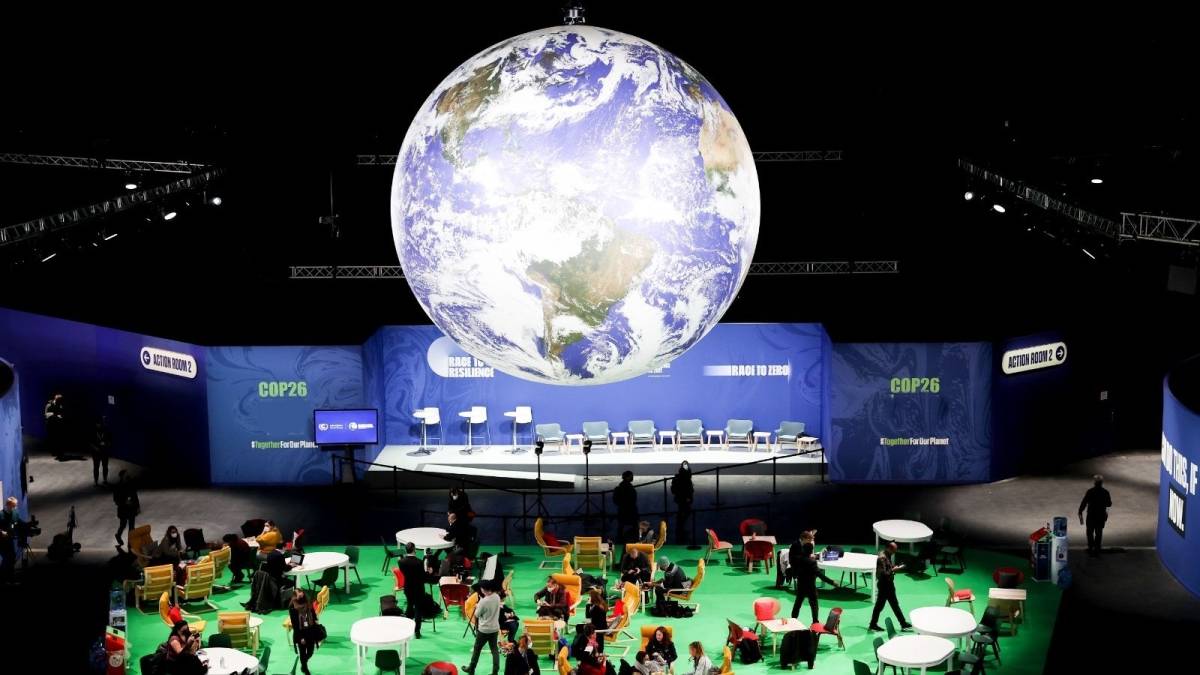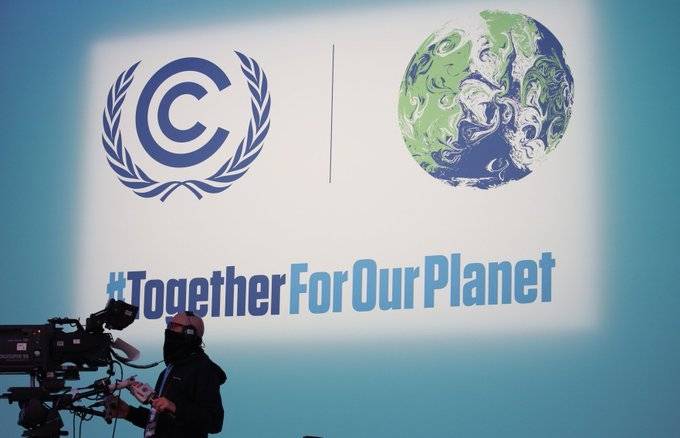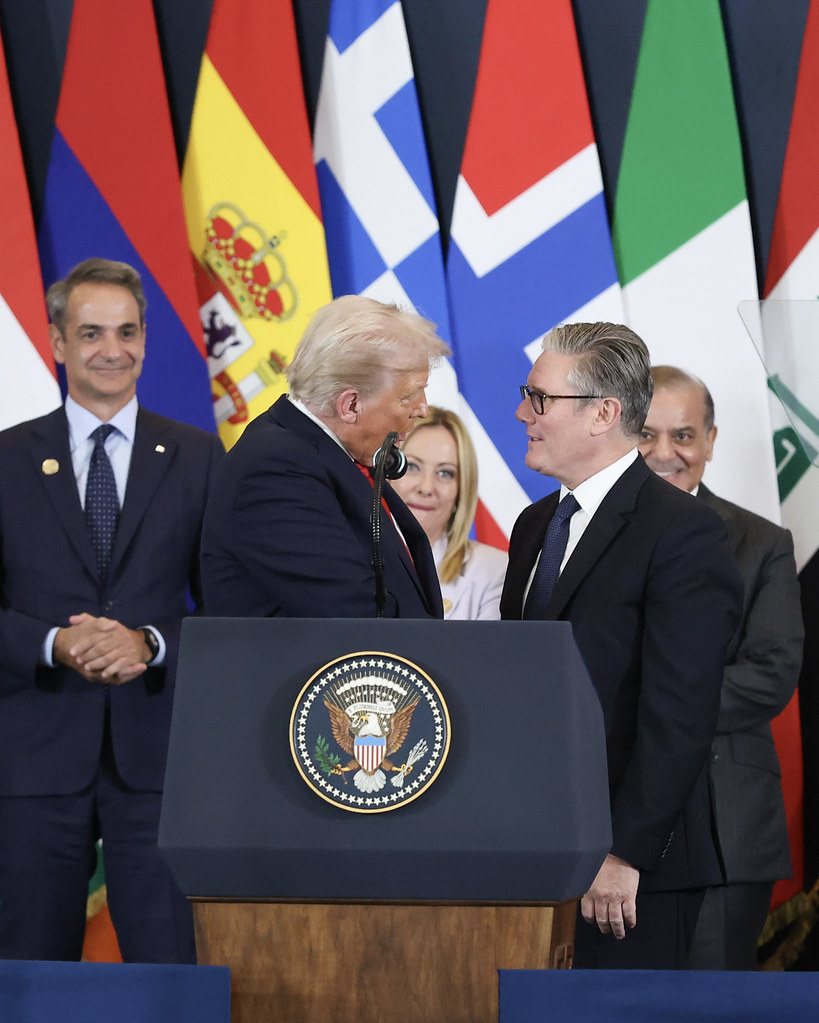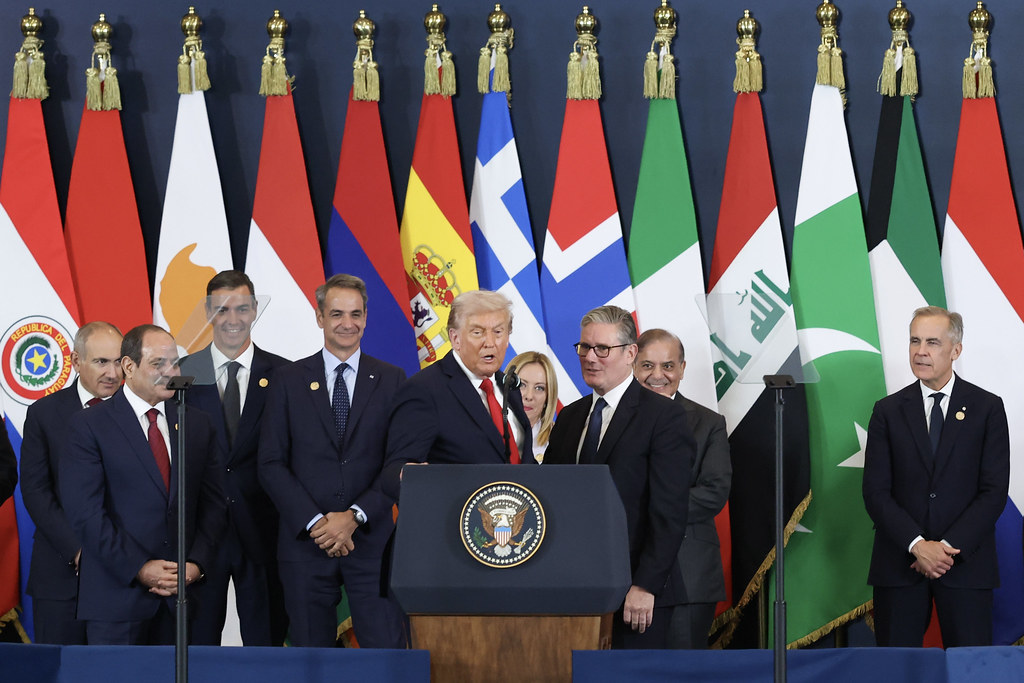To keep 1.5C alive, annual CO2 emissions in 2030 need to be reduced by further 22 Gt CO2, reports Vishal Gulati
At the end of the pivotal UN climate change negotiations or COP26 week one on Friday, commitments, if delivered, would close ambition gap by 9 gigatonnes (Gt) CO2, leaving 13 Gt to go, says new analysis
To keep 1.5C alive, annual CO2 emissions in 2030 need to be reduced by further 22 Gt CO2.
The world came into Glasgow with a question: Can collective action by government, industry and civil society keep the prospect of holding warming to 1.5 degrees Celsius in reach?
New analysis previewed by the Energy Transition Commission suggests that, if delivered in full, commitments made by the close of the first week at Glasgow could deliver 9 Gt of the further 22 Gt reduction in CO2 emissions required to achieve 1.5C.
Action on methane is also crucial to achieving 1.5C, with an estimated 40 per cent reduction required in 2030 annual methane emissions needed compared to the business as usual pathway.

The same analysis finds that, if delivered, commitments by the close of the first week at COP26 would account for one-third of this 40 per cent reduction.
To achieve 1.5C, both CO2 emissions and methane emissions in 2030 needed to be lower than what a business as usual pathway would deliver.
Action by the close of the first week of COP26 has begun to narrow the gap between what annual CO2 and methane emissions in 2030 are expected to be, and what they need to be to achieve 1.5C.
Leading into COP26 national decarbonisation pledges (Nationally Determined Contributions, or NDCs), made as part of the Paris Agreement, fell far short of keeping the planet’s average temperature rise within 1.5C, as noted in an earlier analysis by the Energy Transition Commission (ETC) published in September.

The same analysis identified a set of technically and economically feasible actions which, if implemented in the next decade, could keep the world on a pathway to 1.5C.
Today’s new analysis, looking across those same actions, assesses the potential impact of total commitments to date by the close of the first week of Glasgow in bending the curve towards 1.5C.
The research reflects new public and private sector commitments made during the first week of COP26, and the additional commitments made by the private sector through the UN Race to Zero in the run up to COP26 which were not reflected in the initial analysis of the emissions gap in September. These commitments would need to be fully executed to have the effect detailed.
The new data and analysis by the Energy Transition Commission was previewed by the organisation’s Chair, Lord Adair Turner at the headline event “Destination 2030” at COP26.
Sharma urges to step up talks
COP26 President Alok Sharma on Friday urged delegates attending the UN Conference on Climate Change in Glasgow, Scotland, to step up talks in the next 24 hours in order to guarantee a successful outcome in the second and final week of the event.

“It is not possible for a large number of unresolved issues to continue into week 2. In this context, I urge the Chairs, Groups and all delegations to expedite discussions over the coming 24 hours, focusing efforts on the balanced set of issues which are critical to what needs to be achieved here in Glasgow,” Sharma said in a statement released by the UN Framework Convention on Climate Change (UNFCC)
The UK’s former Business minister said that since next week represents a more political, high-level phase of COP26, with ministers arriving to help draw proceedings, documents should be ready on Saturday for the closing plenary of the UNFCC subsidiary bodies.
The Glasgow summit due to finish on November 12 is seen as the last chance to tackle climate change and adopt meaningful commitment to keep global warming to 1.5 degrees. (with inputs from ANI)
ALSO READ – Prince William, Indian girl take centre stage at COP26













